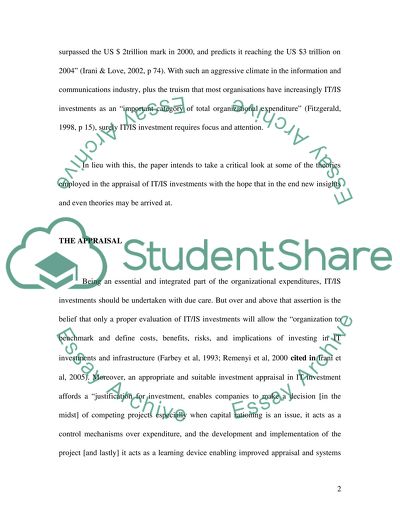Cite this document
(“Evaluation Process: Investment Appraisal Process Essay”, n.d.)
Retrieved from https://studentshare.org/miscellaneous/1538514-evaluation-process-investment-appraisal-process
Retrieved from https://studentshare.org/miscellaneous/1538514-evaluation-process-investment-appraisal-process
(Evaluation Process: Investment Appraisal Process Essay)
https://studentshare.org/miscellaneous/1538514-evaluation-process-investment-appraisal-process.
https://studentshare.org/miscellaneous/1538514-evaluation-process-investment-appraisal-process.
“Evaluation Process: Investment Appraisal Process Essay”, n.d. https://studentshare.org/miscellaneous/1538514-evaluation-process-investment-appraisal-process.


